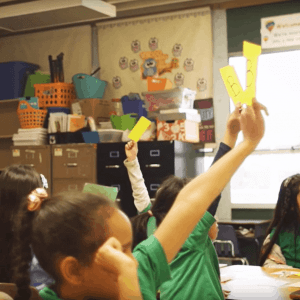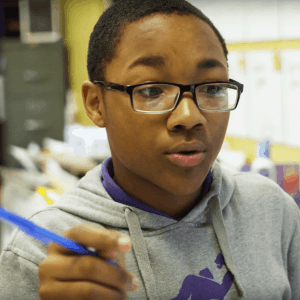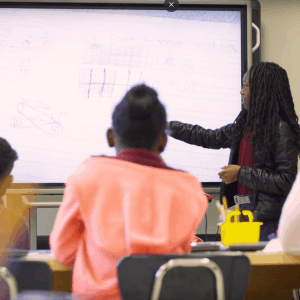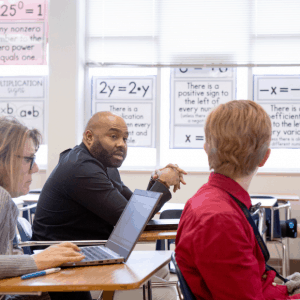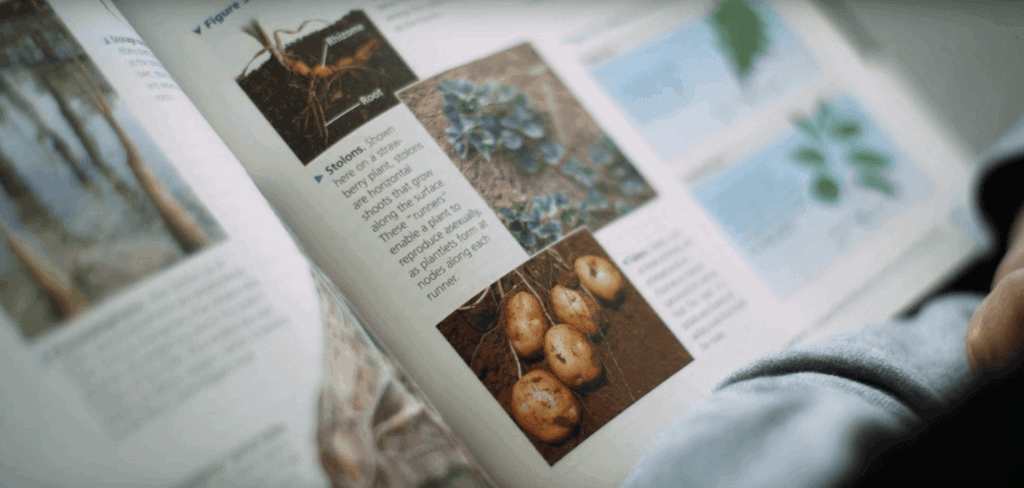
Making Visuals Work
01/30/2020
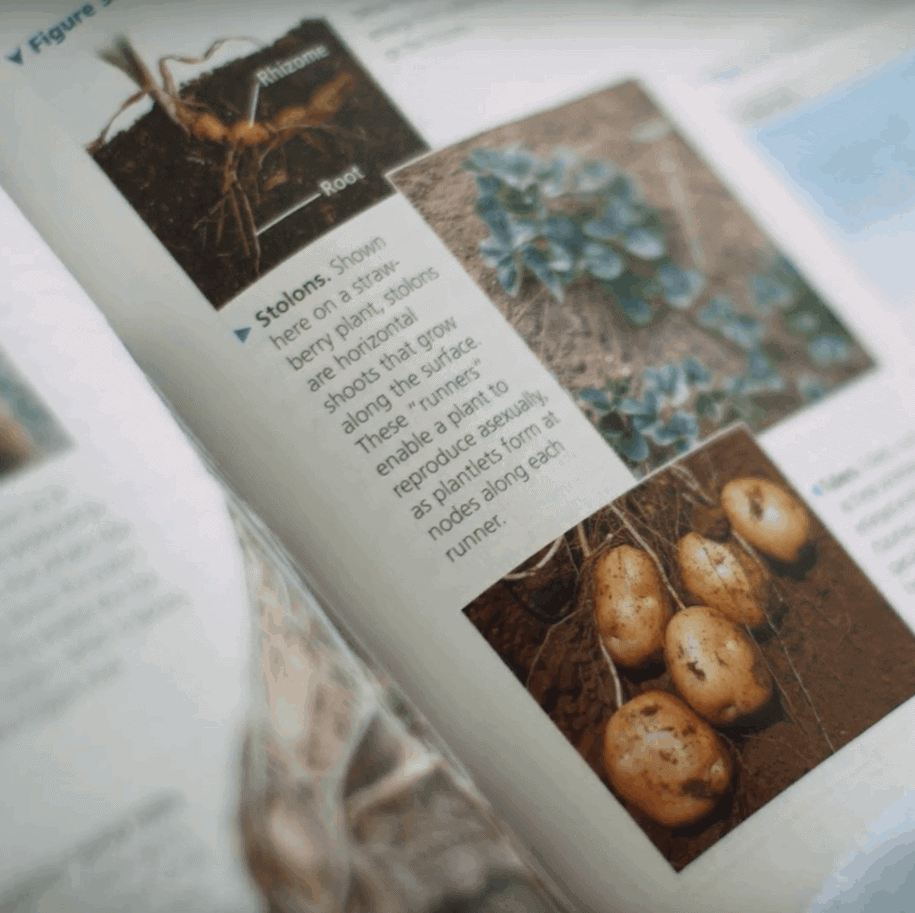
What does learning science say about visual learning in the classroom?
“I give [students] a lot of resources that they could use just so they don’t have one particular way of learning something. I like to use pictures, videos, whatever will help them to retain the information,” says Ms. LaShaudra Cox, a biology teacher at Douglass High School in Shelby County, Tennessee.
Visuals can be a powerful tool in the learning process. However, it can be challenging to know which types of visuals are the most effective. Researchers from the Learning Agency collaborated with Ms. Cox and Ms. Lauren Mueller, a language arts teacher, to share what science tells us about visual learning and discuss ways to implement stronger strategies in their classrooms. They focused on dual coding, a strategy for making visuals and words work together to support students’ understanding of concepts.
Dr. Megan Sumerakicki shares,
We tend to learn best when we combine multiple modalities together. Dual coding is about combining images–visual representations with words. When used well, combining those can provide two ways of remembering the information for the students.”
That qualifier of used well depends on identifying how words or concepts are visually represented in the components of an image. Images that don’t explain the concept can be more of a distraction. The goal is to provide two ways to remember the same information.
Examples of dual coding

One strategy Dr. Sumeracki suggests is giving students a diagram they have already seen with the labels missing. Then, students have to recall the visual and verbal pairs from memory. Similarly, students could be given a problem that asks them to sketch a visual to describe a concept and narrate it.
Ms. Mueller adapted dual coding for language arts by using scaffolded graphic organizers to teach writing. The key is to avoid asking students to draw characters or other ideas that wouldn’t actually help comprehension. When teachers know the science behind effective visual learning, they can make it work for them by being more deliberate with their choices.
watch dual coding in action
Learn More
This is the fifth installment in a series of pieces from Leading Educators and the Learning Agency about opportunities to use strategies from the science of learning in diverse contexts to boost students’ learning.
There are often barriers to bringing research back to the classroom where it can benefit students most, so this series shares learnings from collaborating with real educators to make the science of learning work for them and the students they serve. You can read the previous installment here.



